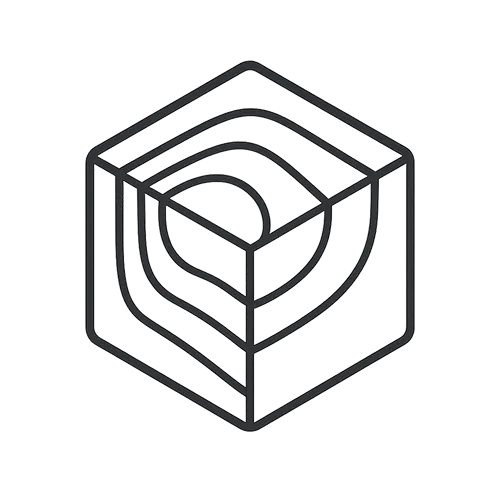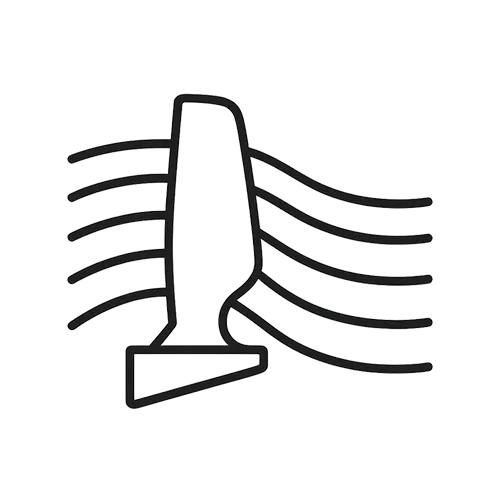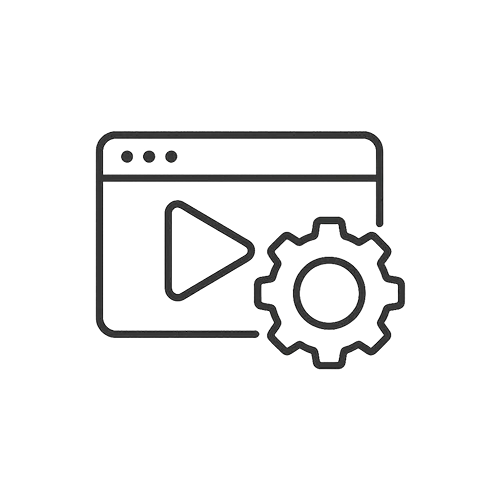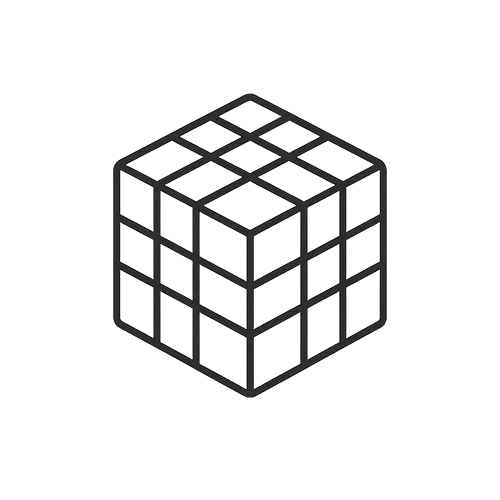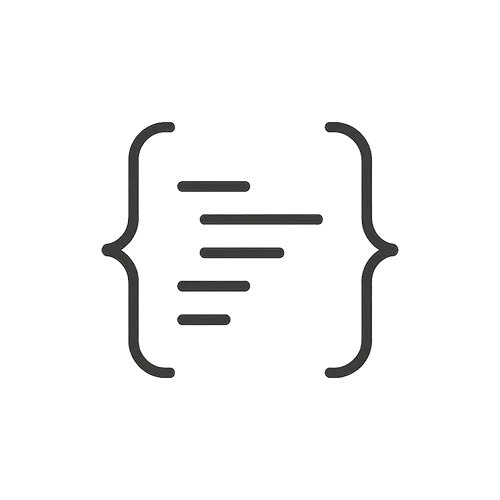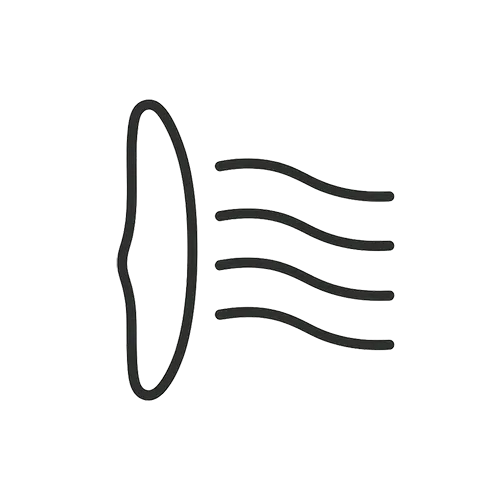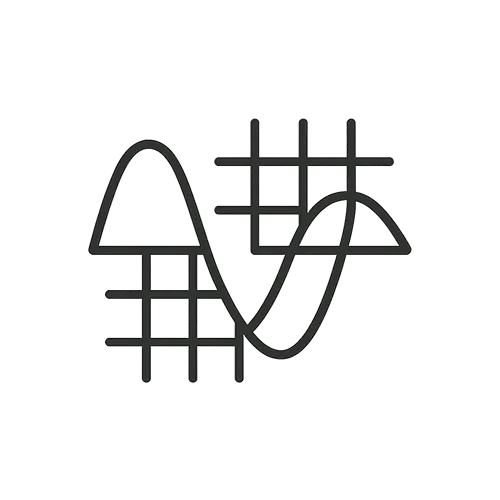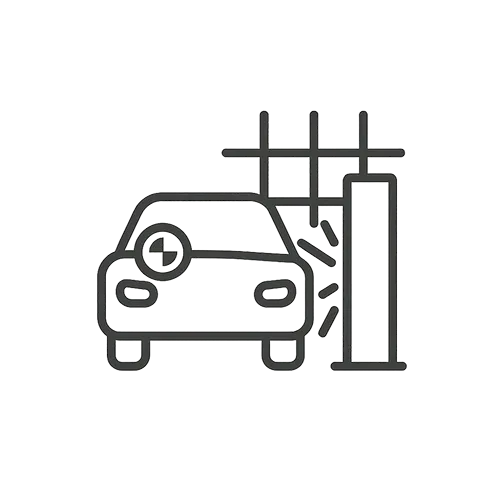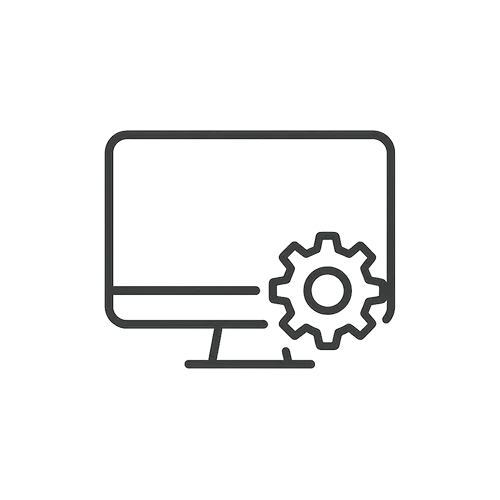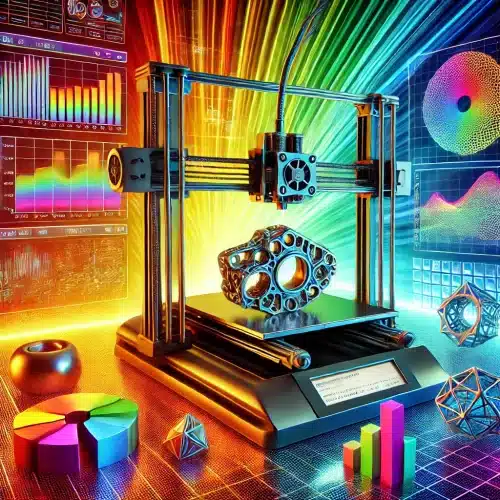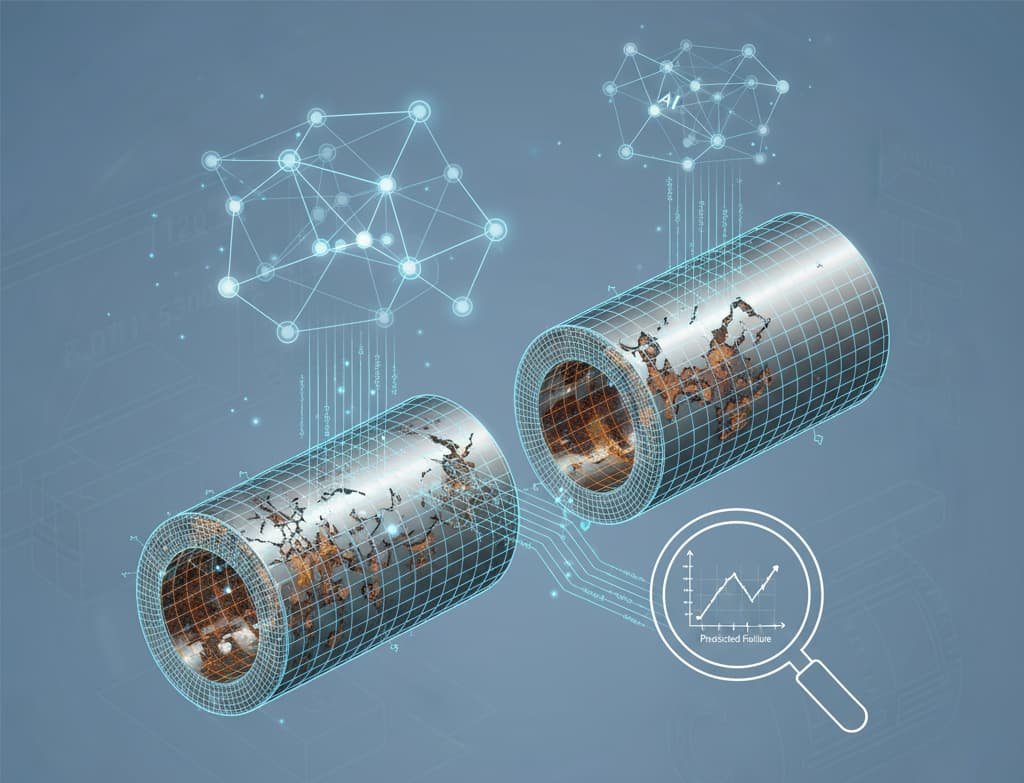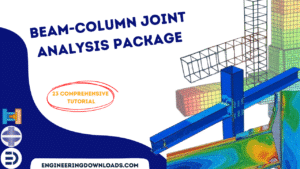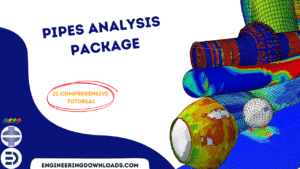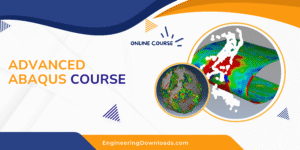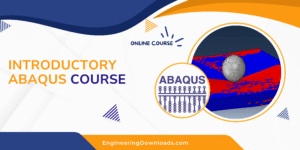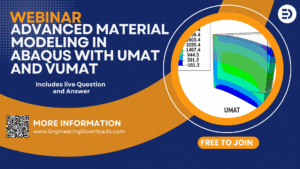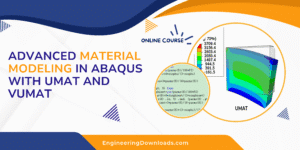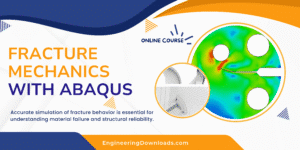Introduction to Additive Manufacturing
Additive Manufacturing (AM), commonly known as 3D printing, is a revolutionary approach to fabricating physical objects. Unlike traditional subtractive manufacturing methods, which remove material to shape an object, AM builds parts directly from digital models by adding material layer by layer. This technique allows for the precise control of materials such as plastics, metals, and powders through sophisticated computer systems.
Several AM techniques have emerged, each tailored to specific industries and applications. Methods like Fused Deposition Modeling (FDM), Laser Direct Energy Deposition (LDED), and Powder Bed Fusion (PBF) are widely used in fields such as aerospace, automotive, and biomedical engineering.
In this guide, we will explore the complexities of additive manufacturing simulation, with a focus on the powerful capabilities of Abaqus software. We’ll delve into the significance of simulation in 3D printing and provide a comprehensive overview of how to use Abaqus for effective modeling in additive manufacturing.

Paper based WAAM model in Abaqus
Here, you can download a Thermo-mechanical model for Wire Arc Additive Manufacturing (WAAM). WAAM is an AM process that creates large scale parts, and the scale can reach a few meters. This model has been used in the following paper, and it was validated by other models in the literature review.
https://link.springer.com/content/pdf/10.1007/s11665-020-04767-0.pdf
This model was used to st…
Primary Methods for Additive Manufacturing Simulation in Abaqus
Abaqus, a leading Finite Element Analysis (FEA) tool, offers robust capabilities for modeling and simulating a wide range of manufacturing processes, including additive manufacturing. There are two primary methods available in Abaqus for simulating 3D printing:
- Coding Method: Scripting and Subroutines
- Abaqus AM Modeler Plug-in
Each method has its unique advantages and limitations, which we’ll explore below.

Overview of Abaqus for Additive Manufacturing
Abaqus is a powerful Finite Element Analysis (FEA) tool that provides comprehensive capabilities for modeling and simulating a wide range of manufacturing processes, including additive manufacturing. Abaqus offers two primary methods for simulating 3D printing:
- Scripting and Subroutines
- Abaqus AM Modeler Plug-in
Each method caters to different use cases and user preferences, providing a versatile platform for in-depth analysis of the additive manufacturing process.
1. Scripting and Subroutines
The scripting approach in Abaqus offers a high degree of customization and automation within the simulation process. This method involves writing Python scripts to control material deposition and using specific subroutines, such as DFLUX and USDFLD, to manage moving heat flux and dynamically adjust material properties during the simulation. This approach is particularly advantageous for complex models or scenarios that require precise control over simulation parameters.
Advantages:
– Automation through Python scripting accelerates repetitive tasks and enhances workflow efficiency.
– Allows the use of advanced heat flux models, such as Gaussian and Friman, via the DFLUX subroutine.
– Provides detailed control over every aspect of the simulation, including coupled and decoupled temperature-displacement simulations.
Disadvantages:
– Requires proficiency in Python scripting and Fortran subroutines.
– Handling complex infill patterns is challenging with coding alone.
– Simulating 3D printing for complex geometries with numerous layers can be difficult.
– Compatibility issues between Python scripting and subroutines can pose additional challenges.
2. Abaqus AM Modeler Plug-in
For those who prefer a more user-friendly approach without extensive coding, the Abaqus AM Modeler plug-in offers an ideal solution. This module simplifies the preprocessing steps with a graphical user interface (GUI) that includes several modules, such as the Event Series module for path definition, material input, moving heat source module, and cooling module, significantly reducing the risk of coding errors.
Advantages:
– Offers a more user-friendly approach with an efficient workflow, eliminating the need for extensive coding.
– Simplifies preprocessing steps through a graphical user interface (GUI) that includes multiple modules.
– Capable of handling complex geometries with numerous layers and intricate infill patterns, such as zigzag and concentric designs.
– Eliminates the need to link Fortran with Abaqus for subroutines, as it is integrated within Abaqus from 2022 onwards.
Disadvantages:
– The AM modeler plug-in has several bugs that can be confusing.
– Limited in the variety of heat flux models available.
Thermomechanical Simulation
In the AM modeler plug-in, the thermomechanical approach typically employs a decoupled sequence, where thermal analysis is conducted first, followed by stress analysis based on the thermal results.
Sequential Analysis Steps:
– Heat Transfer Analysis: Simulates the thermal behavior during material deposition, accounting for progressive heating and cooling cycles.
– Static Stress Analysis: Uses the thermal results to predict tensile and compressive stresses, ensuring accurate representation of the material’s compositional and thermal history.
Workflow Using the AM Modeler Plug-in
1. Import Model: Begin by importing your 3D model into the Abaqus interface.
2. Select Simulation Type: Choose between eigenstrain or thermomechanical methods based on your analysis needs.
3. Input Parameters: Define material properties, thermal loads, and constraints using the intuitive GUI.
4. Configure Job Settings: Set job parameters and control settings to ensure accurate simulations.
5. Start Simulation: Run the model and analyze the results, similar to the scripting method.
Conclusion
Abaqus provides a comprehensive suite of tools for additive manufacturing simulations, offering deep insights into the mechanical and thermal dynamics of designs. Whether utilizing advanced scripting methods or the user-friendly AM Modeler plug-in, Abaqus empowers users to fully exploit the potential of additive manufacturing.
Finally, if you are interested in coding or have experience with Python and subroutines, and your model geometry is simple with straightforward infill patterns, the coding method could be an excellent option for you. However, if your model is complex with numerous layers, and you prefer working with a user-friendly GUI where the code operates behind the scenes without the need to manage coding complexities, the AM Modeler plug-in may be the more suitable method for your needs.
If you’re uncertain about which approach to choose, or if you’re looking to learn additive manufacturing and welding from scratch, you can schedule a free online consultation with Saman Hosseini. With over five years of experience in additive manufacturing simulations, Saman can provide expert guidance to help you save time and achieve your goals.
